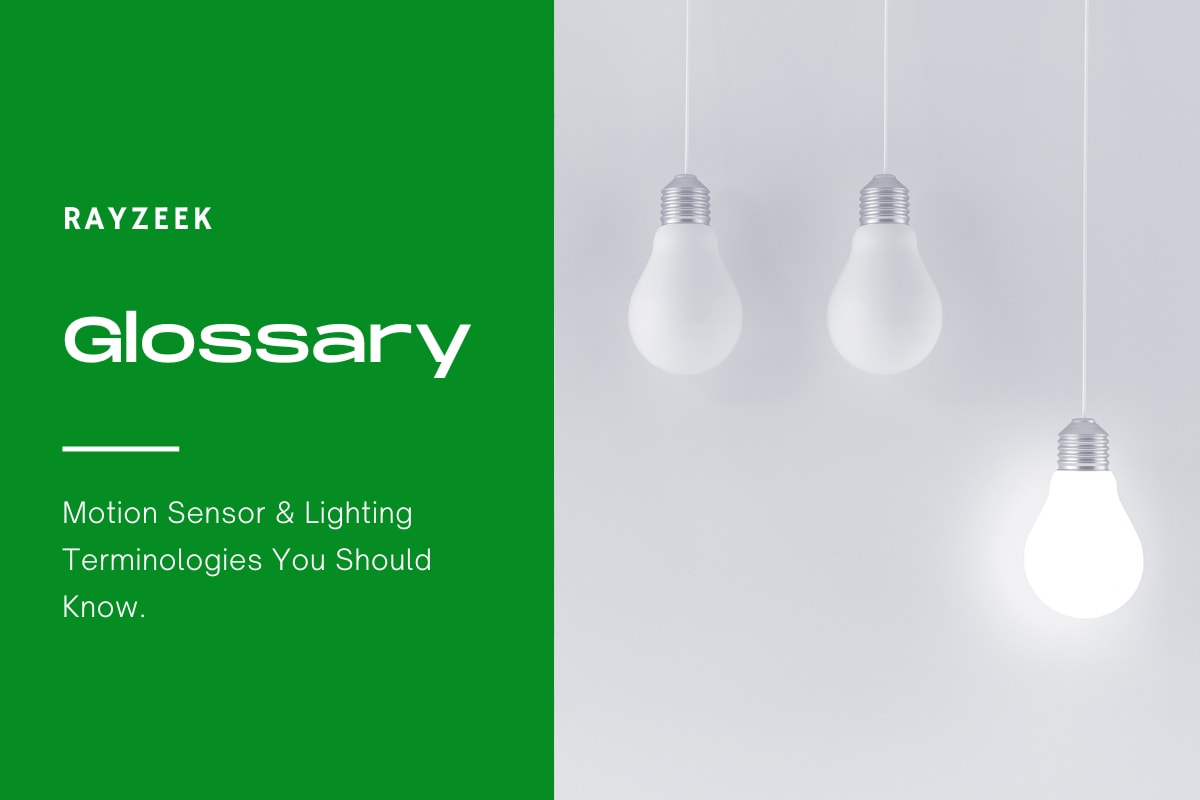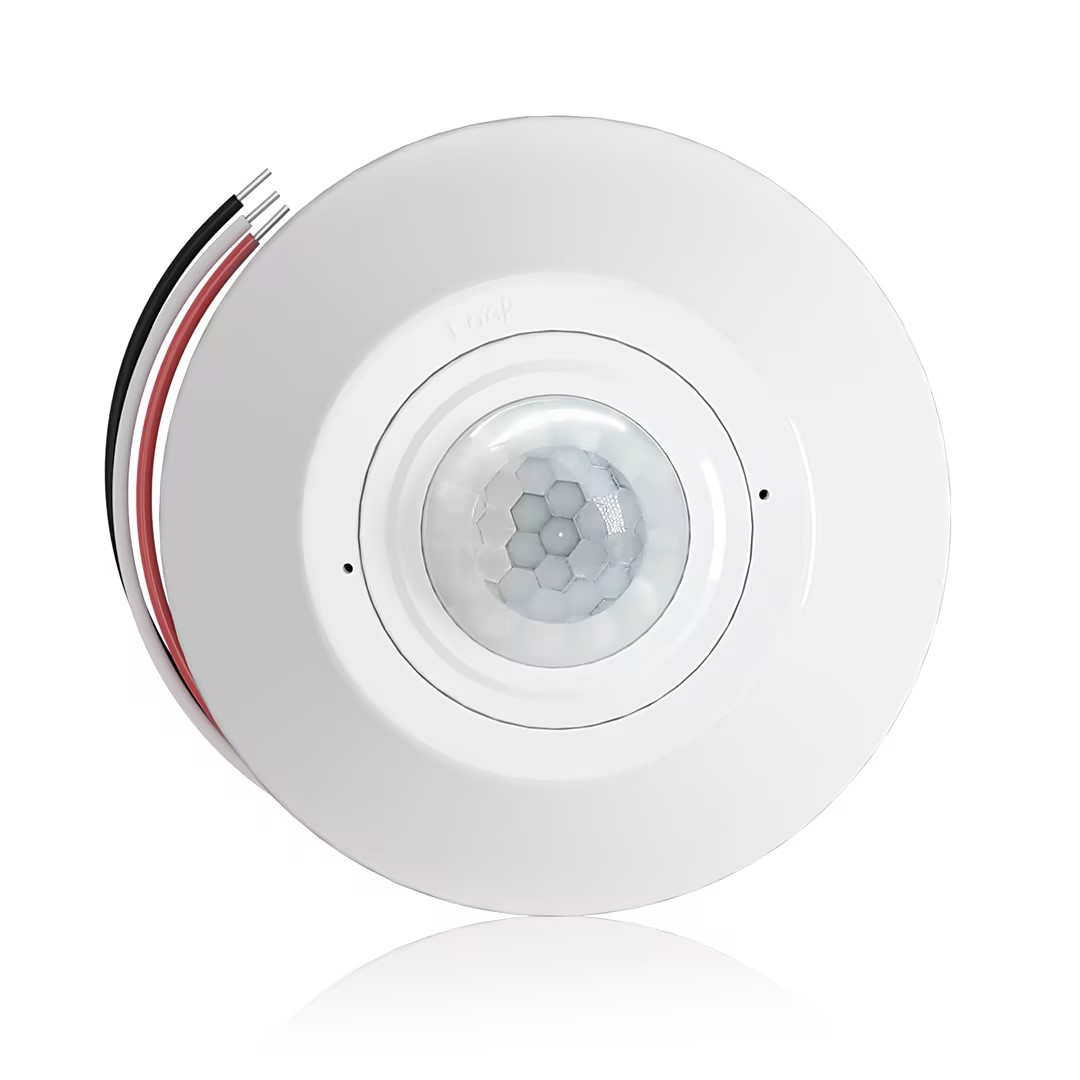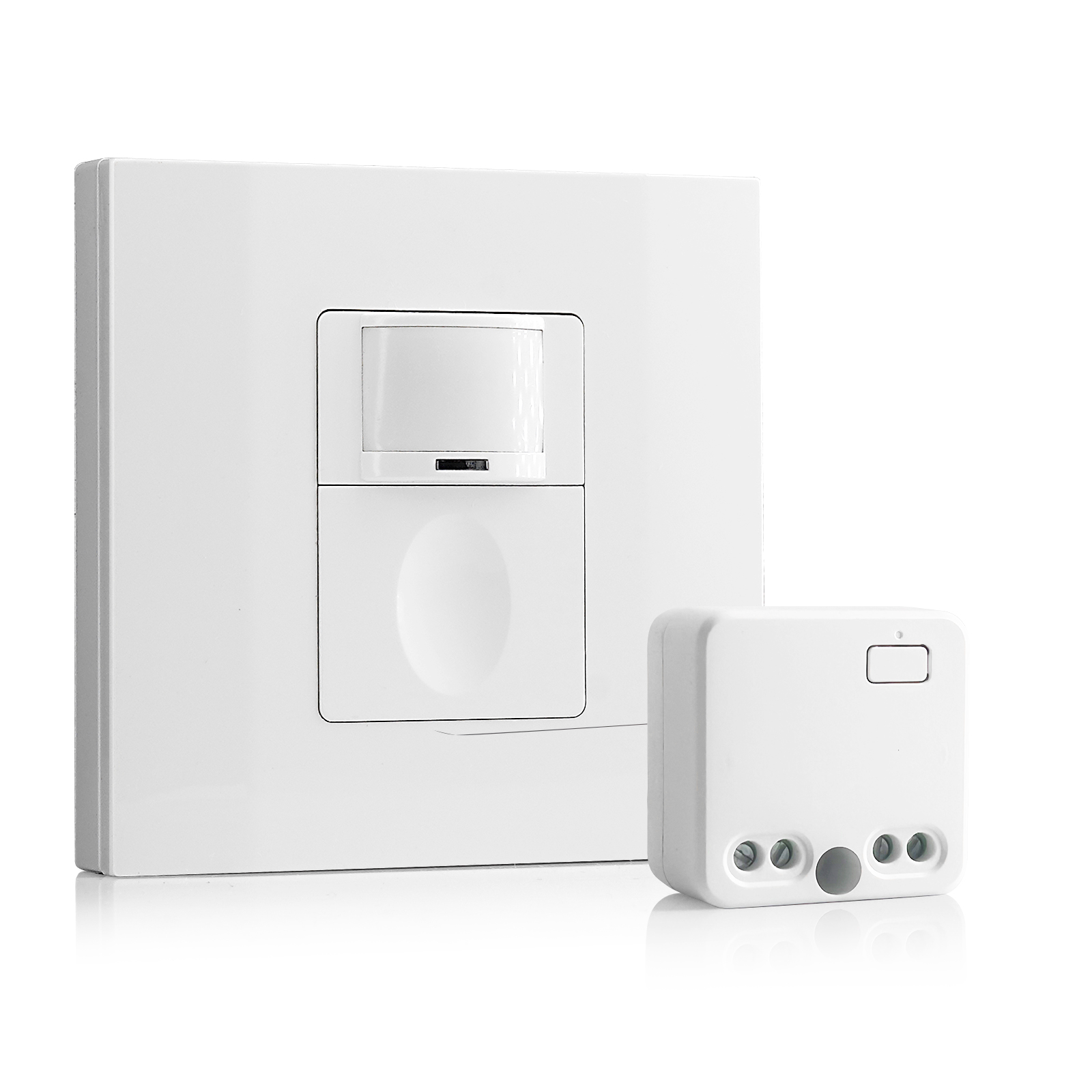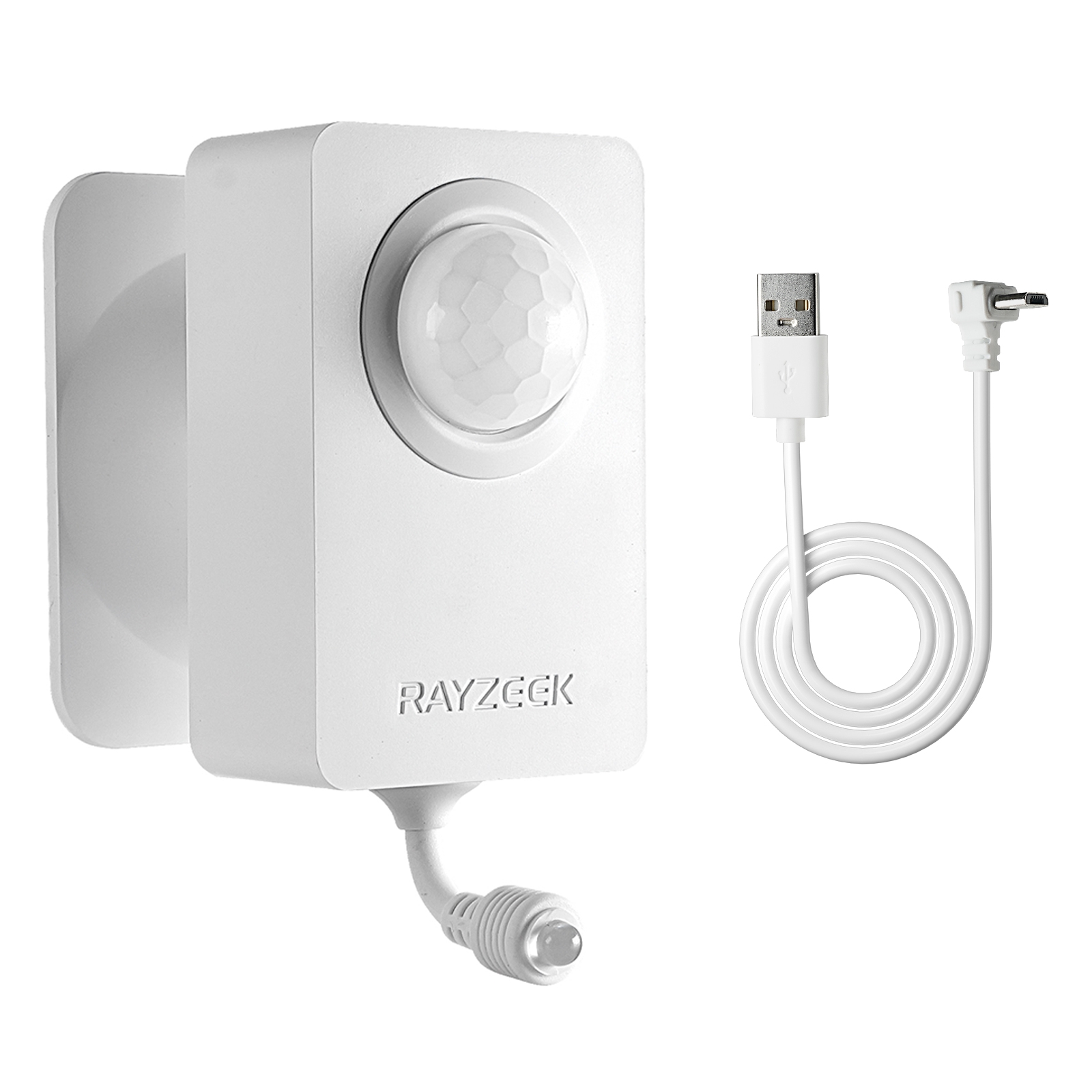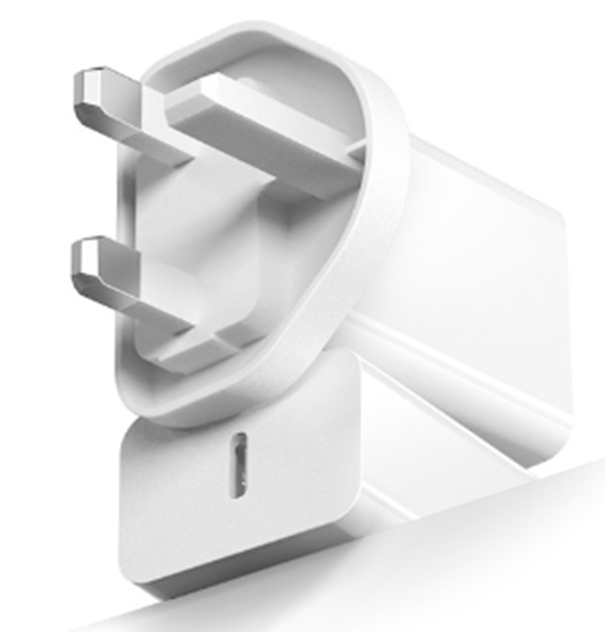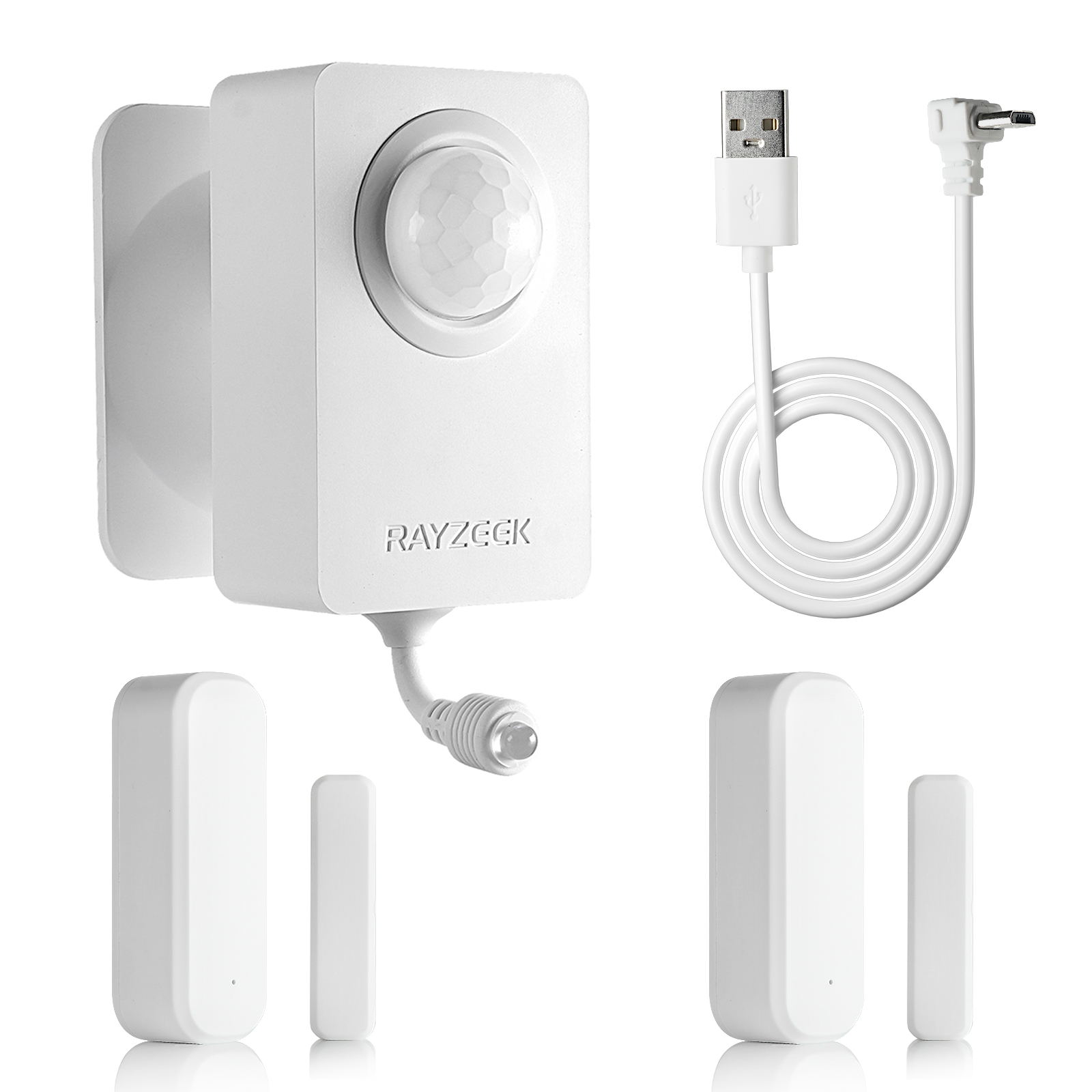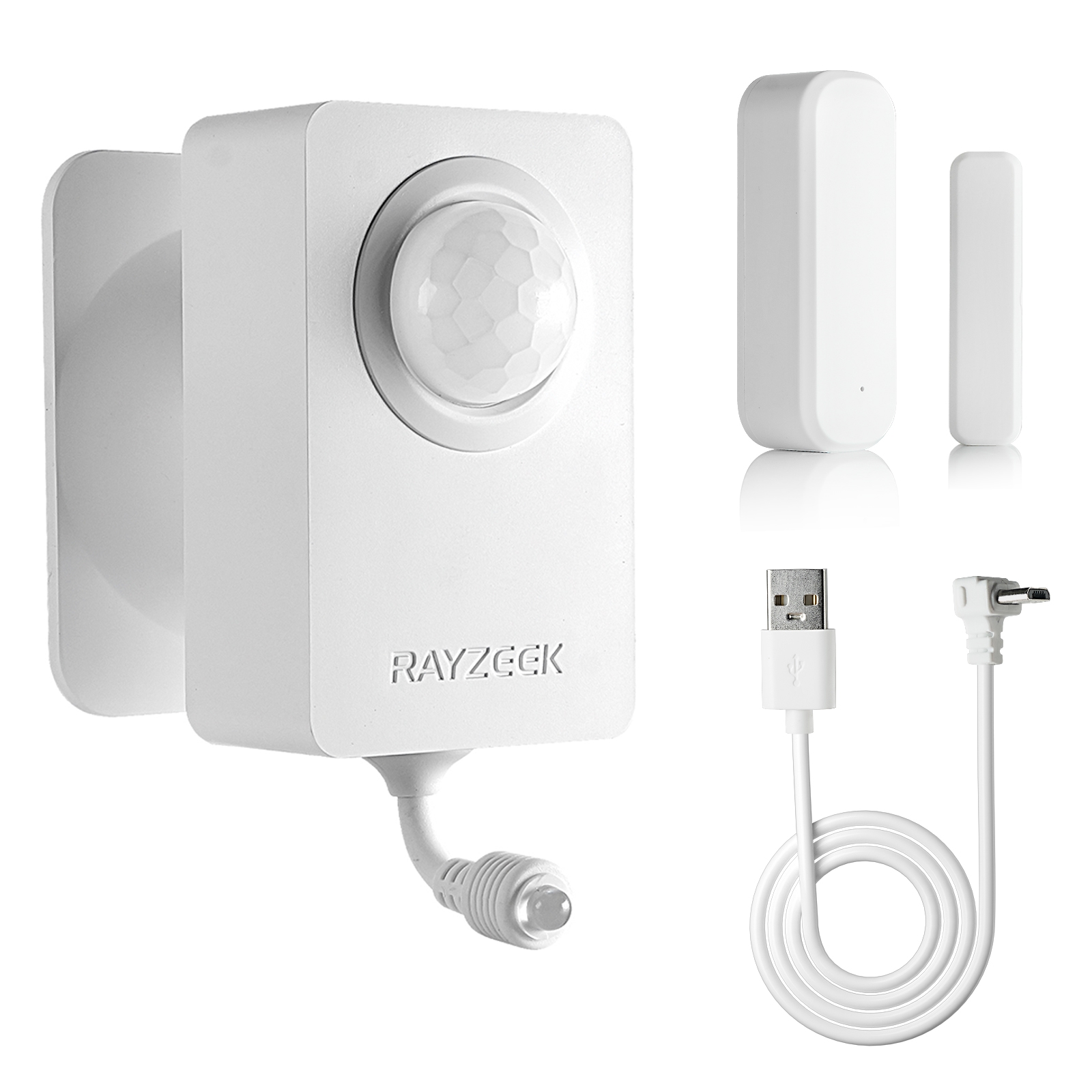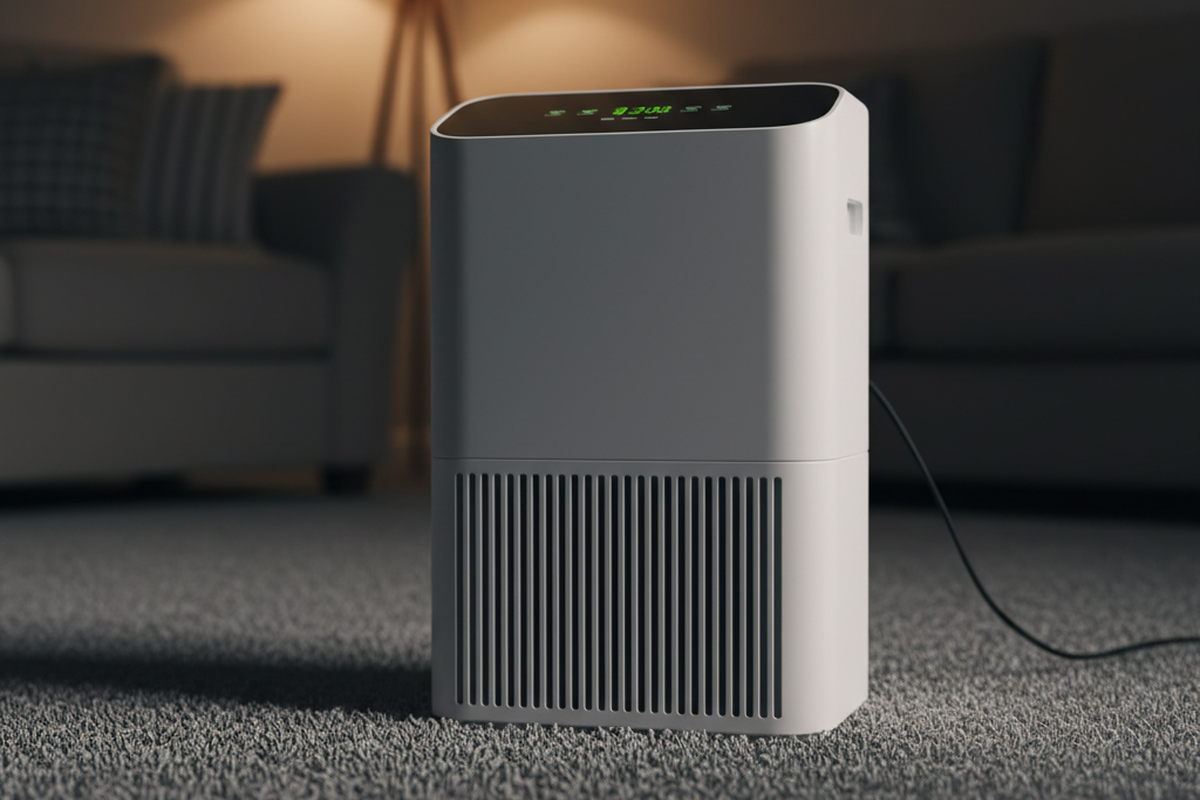Co je světelné spektrum
Světelná spektra, známá také jako elektromagnetické spektrum, je rozsah vlnových délek elektromagnetického záření, včetně viditelné světlo, které lze rozpoznat lidským okem. Jedná se o základní pojem v oblasti osvětlení, který hraje klíčovou roli v různých vědních disciplínách.
Spektrum viditelného světla, které je podmnožinou elektromagnetického spektra, sahá přibližně od 380 nanometrů (nm) do 780 nm. Tento rozsah zahrnuje různé barvy světla, které člověk vnímá. Je však důležité si uvědomit, že viditelné světlo je pouze jednou částí celého elektromagnetického spektra.
Možná máte zájem o
Kromě viditelného světla zahrnuje elektromagnetické spektrum i další typy světla, které jsou pro lidské oko neviditelné. Patří mezi ně infračervené záření, ultrafialové záření, rentgenové záření, záření gama, mikrovlny, radar a rádiové vlny. Každý z těchto typů světla má svůj vlastní rozsah vlnových délek a jedinečné vlastnosti.
Porozumění světelným spektrům je zásadní, protože umožňuje analyzovat a charakterizovat světelné zdroje. Zkoumáním spektrální rozložení světla, která označuje intenzitu světla při různých vlnových délkách, mohou odborníci v oboru osvětlení určit barevné vlastnosti, energetickou účinnost a další důležité faktory světelného zdroje.
Inspirujte se portfoliem pohybových senzorů Rayzeek.
Nenašli jste to, co jste chtěli? Nebojte se. Vždy existují alternativní způsoby řešení vašich problémů. Možná vám pomůže některé z našich portfolií.
Často kladené otázky
Je denní světlo LED stejné jako plné spektrum
Plnospektrální žárovky poskytují jasnější a bělejší světlo s lepším podáním barev, protože nabízejí barevnou teplotu 6500 K a CRI 96%. Ve srovnání s žárovkami pro denní světlo vynikají plnospektrální žárovky jasem a kvalitou barev.
Jaká barva má nejvyšší frekvenci
Fialové vlny jsou známé tím, že díky své krátké vlnové délce a vysoké frekvenci ve viditelném světelném spektru přenášejí největší množství energie.
Co je světelné spektrum v jednoduchých termínech
Světelné spektrum lze popsat jako vizuální znázornění, například graf nebo tabulka, které znázorňuje různé úrovně intenzity světla vyzařovaného v rozsahu energií.
Jaký je vztah mezi světlem a spektry
Elektromagnetické spektrum zobrazuje různé rozsahy světla. Častým omylem je představa, že jediným typem světla je to, které můžeme vnímat očima, ale to je nepřesné. Viditelná oblast elektromagnetického spektra, která se rozprostírá od 400 do 700 nm, představuje pouze malý zlomek celého spektra.
Co měří světelné spektrum
Zařízení známé jako spektrograf, označované také jako spektroskop nebo spektrometr, se používá k rozdělení světla vyzařovaného jednou látkou na jednotlivé barvy, podobně jako hranol rozkládá bílé světlo do spektra. Zachycením tohoto spektra jsou vědci schopni zkoumat světlo a odhalit vlastnosti látky, se kterou interaguje.
Jaké jsou 3 typy spekter a jak se liší?
Tři typy spekter jsou následující: první je spojité spektrum, které se skládá z rozsahu vlnových délek vyzařovaných zahřátým tělesem. Druhým je emisní spektrum jasných čar, které zobrazuje specifické vlnové délky vyzařované určitým plynem. A konečně třetím typem je absorpční spektrum tmavé čáry, které odhaluje vlnové délky, které by byly absorbovány, kdyby se výše uvedený plyn ochladil.
Kolik druhů spekter může světlo vytvářet
Světlo procházející spektroskopem může vytvářet tři typy spekter. Jedním z nich je spojité spektrum, známé také jako záření černého tělesa, které je vytvářeno horkým, hustým objektem.

